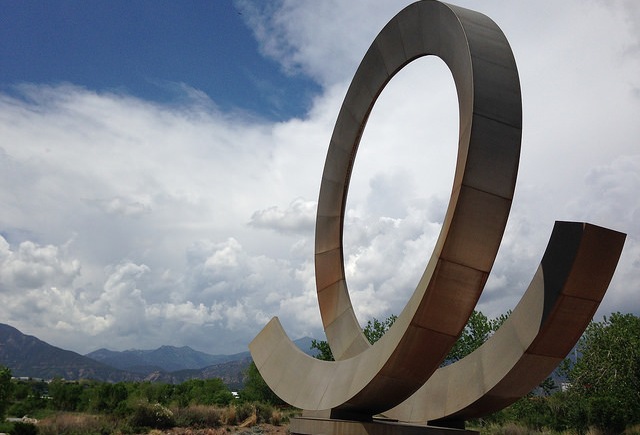One of my beloved clients is throwing a wonderful conference next Thursday and Friday at the beautiful Bronx Zoo called Wood at Work: Elegant Strategies for Architecture, City-Building, and Forest Conservation. The two-day affair will gather together some of the best minds in architecture, forestry, policy, ecology, and urban planning to talk about how sustainable wood use in cities can actually protect global forests and rural economies and cultures.

In addition to many brilliant presentations and panels, there will be beaucoup de time for informal conversation (and networking) over breakfast, lunch, snacks, and drinks. Plus super fun-sounding workshops like “Japanese Sawing” and “Tree Music”!
I’m not getting paid to say that if you’ll be in New York City and care about a) design or architecture, b) climate change, c) trees and forests, d) native cultures, or e) being in a room packed with brilliant, hard-working, potentially world-saving people, I think you should consider coming. Tickets are pretty cheap, and if you email me, I’ll even send you a magic code for 50% off!
Nice, but what does all of this have to do with cows?, you ask (as you hastily go to the Wood at Work website to purchase a ticket). Perhaps surprisingly, a lot!
As the great Jeremy Radachowsky of the Wildlife Conservation Society explains in a story he just wrote for National Geographic:

Flickr’s McD22 captures some Oregonian forest grandeur
There are two existing [climate change-related] technologies that are ready to be acted upon today, whose collective impact could be larger than any future technological breakthrough.
The first technology is a 400-million-year-old solar-powered device that extracts CO2 from the atmosphere and converts it into material useful for construction, essentially “printing” solid materials layer by layer like a 3D printer until a finished product up to 300 feet tall is achieved. Once deployed, the device requires no human input – just water, sunlight, and molecules found in most soils.
This technology is called the “tree.”
A more recent technology extracts tons of carbon already trapped in vegetation and converts it into a small amount of protein-rich food for human consumption. Along the way, large quantities of climate-damaging gasses are emitted. In the moist tropics, the process also requires the clearing of climate-friendly forests and is ten times less efficient than many other methods of food production.
This technology is called the “cow.”
Cows were domesticated by humans more than 10,000 years ago and made sense in the context of a small human population and abundant resources. However, in an era of high population density and climate change, cattle are now an antiquated and obsolete solution to today’s environmental and food security issues. Trees, on the other hand, remain vital to our continued existence.
Makes sense, right? Plus, now that vegan food has gotten so plentiful and delectable, our excuses for massive meat consumption have dwindled to all but nil.
Jeremy’s going to give a talk titled “Trees, Not Cows” on Friday, October 30 at Wood at Work. Come listen with me, then we can share our thoughts over something delicious that’s not beef.












